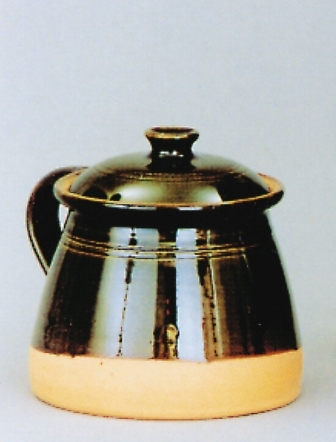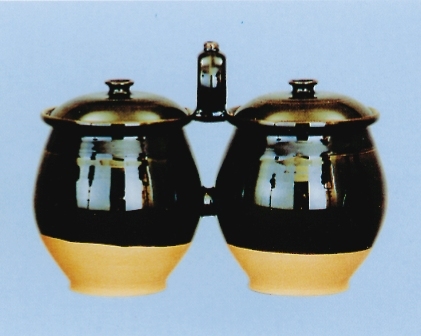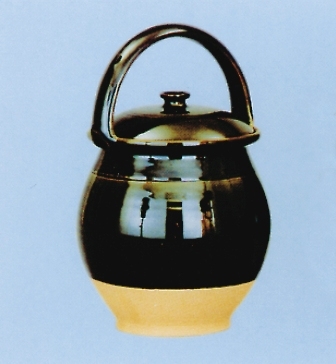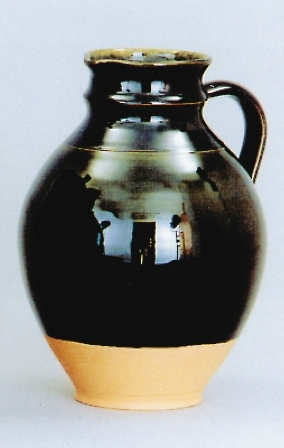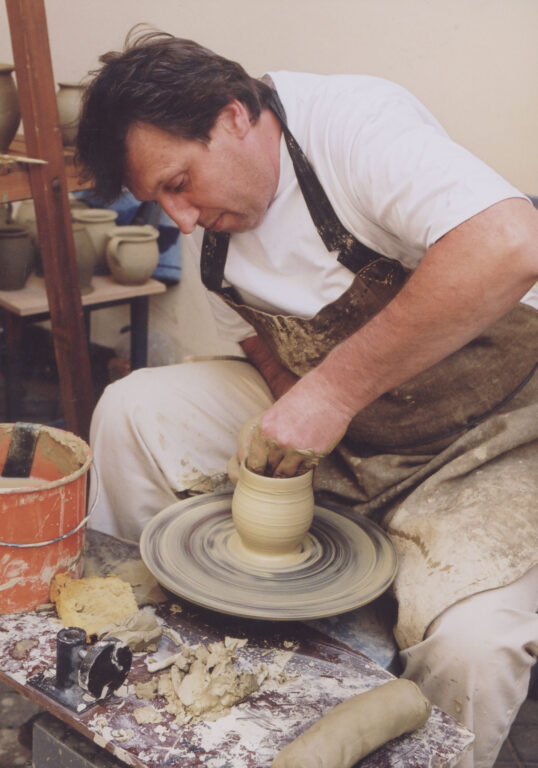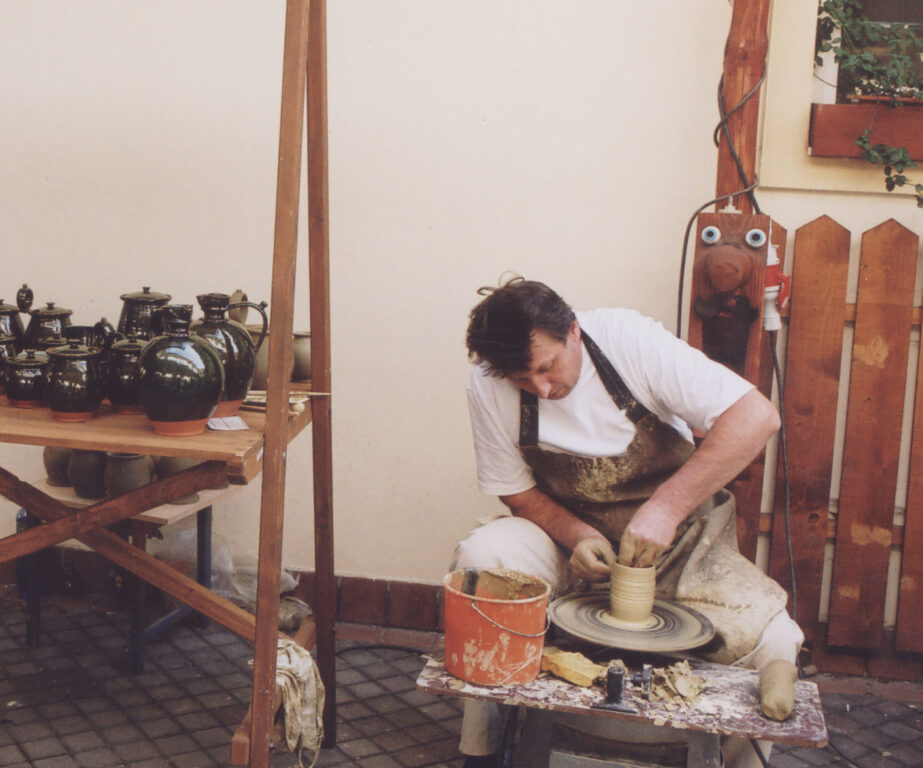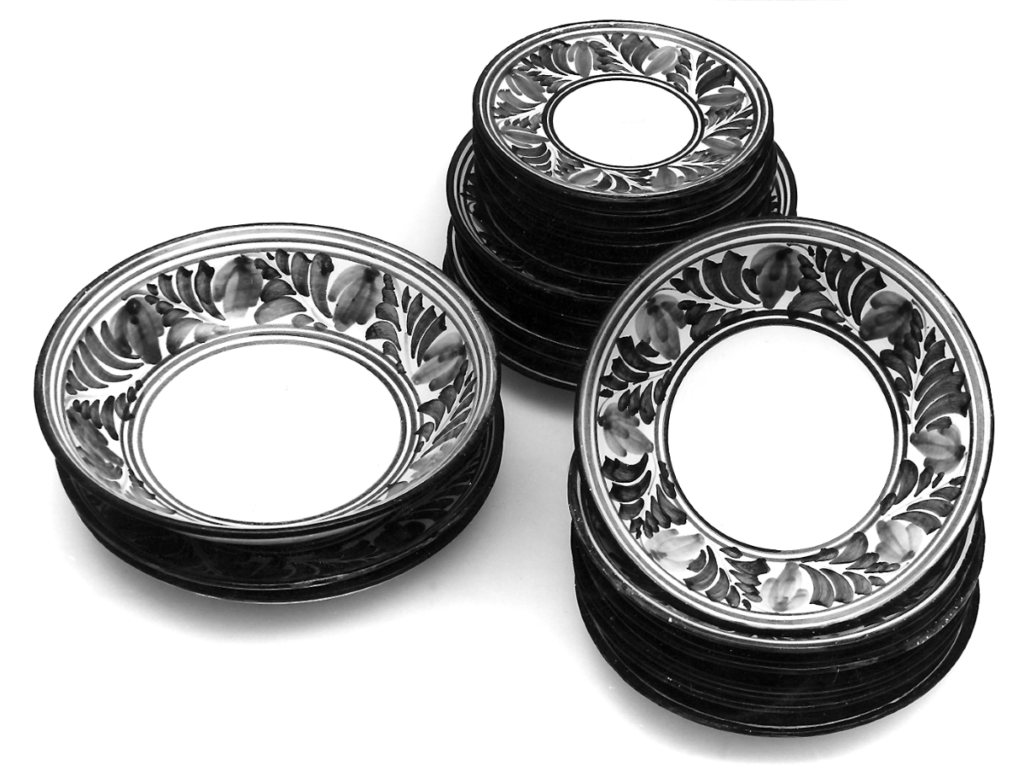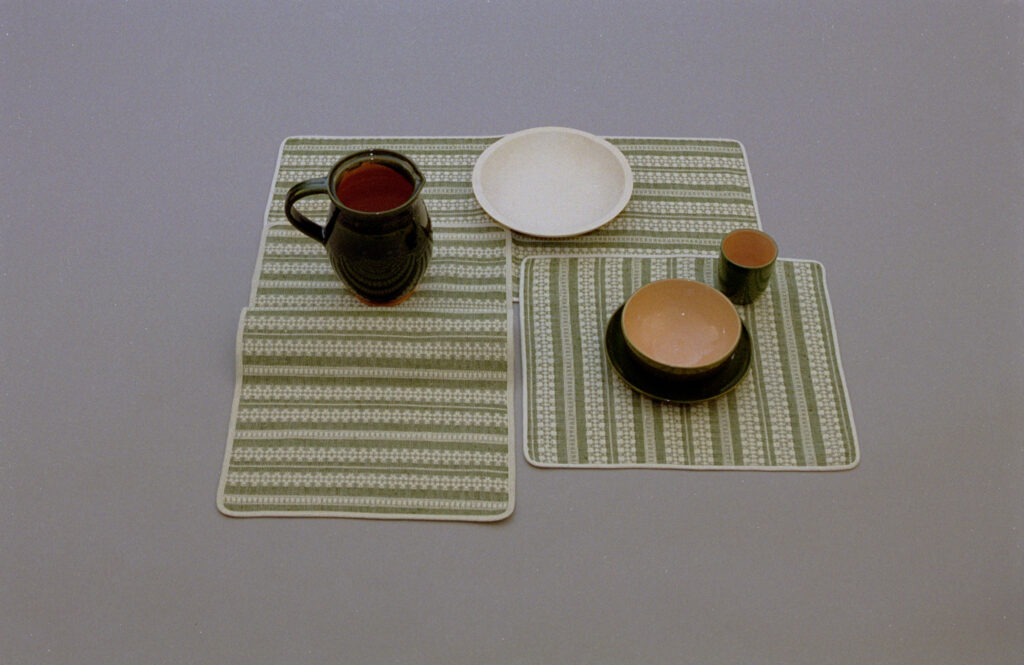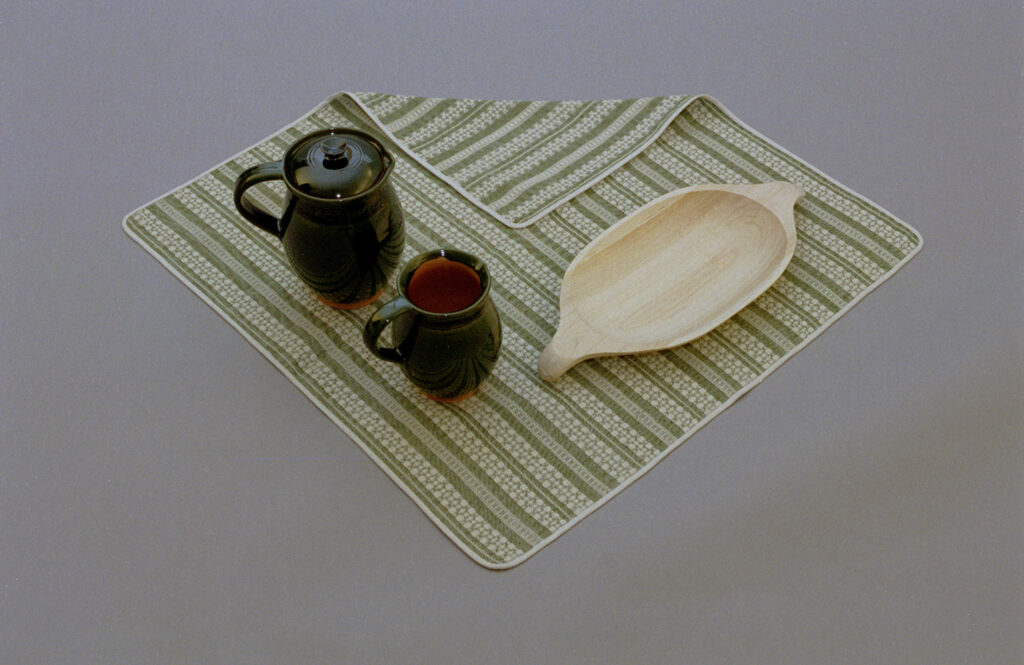His ceramic journey was influenced by two towns - Modra with its majolica and Turčianske Teplice with its pottery. In Modra, he graduated from the vocational school of the company Slovak Folk Majolica. His artistic talent began to show in his childhood, and he had the opportunity to regularly practice modeling during holidays directly at the Majolica in Modra, as...
His ceramic journey was influenced by two towns – Modra with its majolica and Turčianske Teplice with its pottery. In Modra, he graduated from the vocational school of the company Slovak Folk Majolica. His artistic talent began to show in his childhood, and he had the opportunity to regularly practice modeling during holidays directly at the Majolica in Modra, as he grew up in this town with a tradition of ceramic production.
At the Slovak Folk Majolica school, from 1971 to 1973, under the guidance of renowned ceramicists Ján Karabelli and Samuel Bázlik, he trained as a potter. However, he was also a skilled painter, so after training, he continued to work in the company workshop and briefly became a master of vocational training. In 1979, he left Majolica and started working as an independent ceramicist, which inevitably led him to collaborate with the ÚĽUV in those social conditions.
Initially, he naturally drew inspiration from the West Slovak majolica and offered copies of old faience through ÚĽUV. A significant advantage was that he could build his own assortment that suited his sense and realize his own ideas about ceramic production. His collaboration with the ÚĽUV artist Eva Kramplova also provided inspiration, as she suggested tableware sets of simplified decorative expression tailored to contemporary tastes.
In 1980, he moved to Turčianske Teplice with his wife. Here too, he continued to produce majolica, mainly focusing on the motifs of Haban faience, which he rendered in a utilitarian way after intense collaboration with Eva Kramplova, appealing to contemporary users (dinner sets, beverage containers), which was well-received by customers as the market was gradually saturated with decorative majolica at the time.
In the mid-90s, he was approached by employees of the Slovak National Museum in Martin, who were researching old Turčianske ceramics, to see if he would try to revive the production of this extinct traditional pottery. The technology of pottery production differs from majolica production, so accepting this challenge meant Viliam Hronc had to learn new materials and production processes. Initially, to get as close as possible to the local traditional production, he sourced clay locally and prepared it himself. He often visited the Slovak National Museum repositories in Martin, selecting patterns, verifying colors, and learning about the original functions of the vessels as well as the invisible, often surprising properties of clay. Gradually, he incorporated traditional tableware, twins, pitchers, milk jugs, bowls, strainers, pots, and cups with a rich green transparent glaze, typical for this region of Slovakia, into his assortment.
However, this does not mean he stuck to those shapes in his work. Inspired by traditional pottery made from two clays of different colors, he created collections of utility products thrown from clays of three colors – white, red, and black. By slightly mixing them before throwing, this color blend creates a marbled effect, which is then covered with a colorless glaze after shaping on the wheel.
In addition to his creative work, he also engages in teaching activities, leading ceramic courses at the Elementary Art School in Martin and at the Regional Crafts Center of ÚĽUV in Banská Bystrica. For many years, he made a living from pottery production, but in 2010, he had to find another source of income due to increasing costs associated with practicing the craft.
In 2008, he was awarded the title of master of folk art production for his work.


